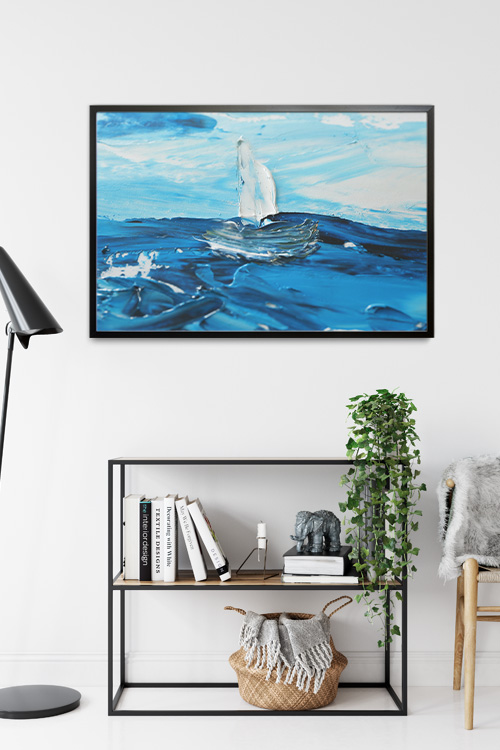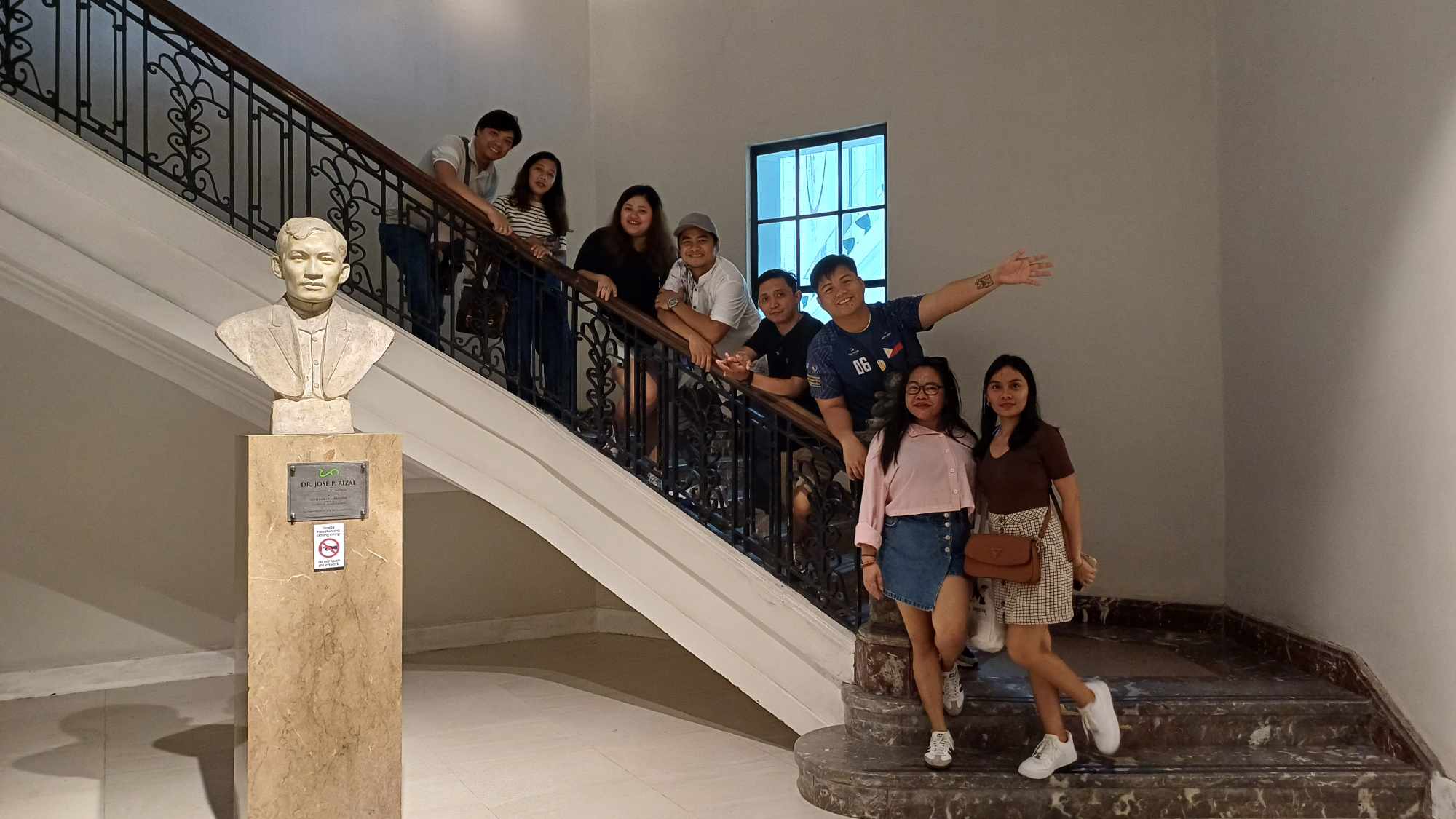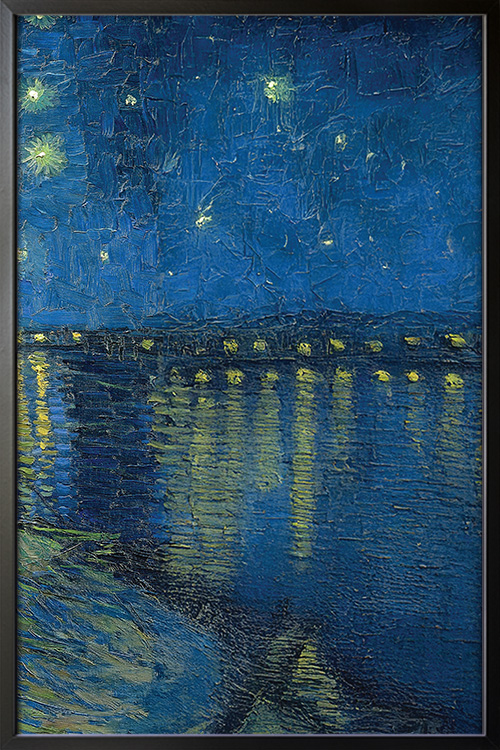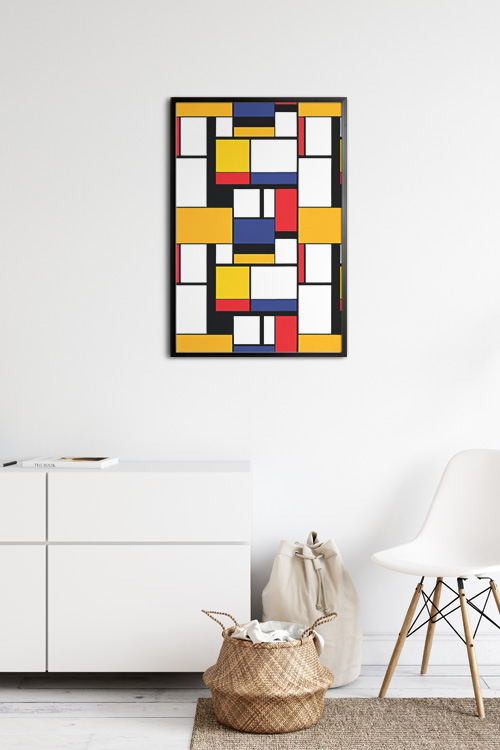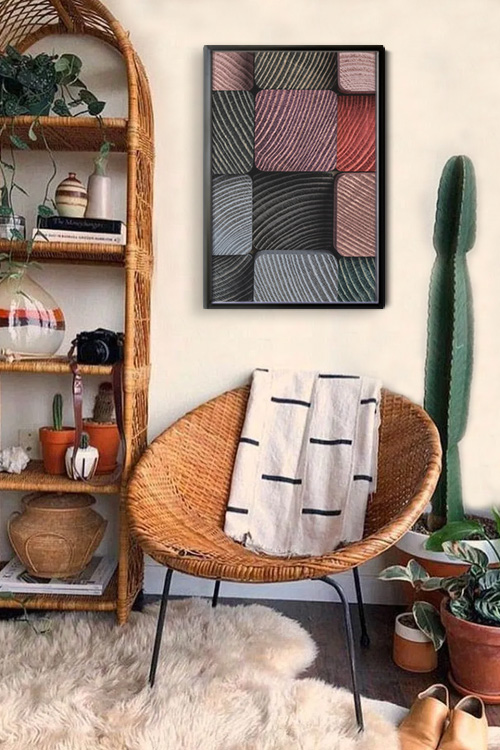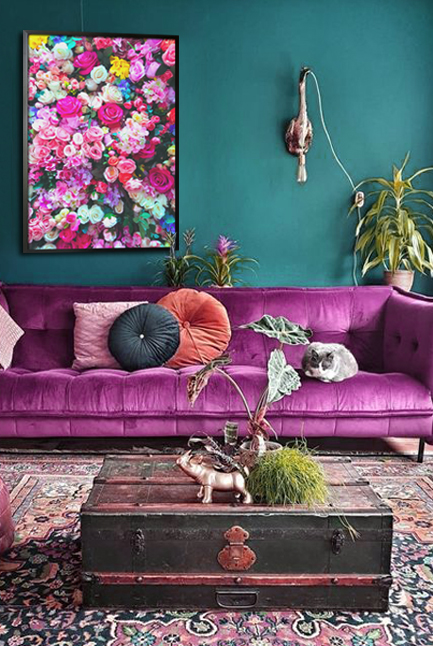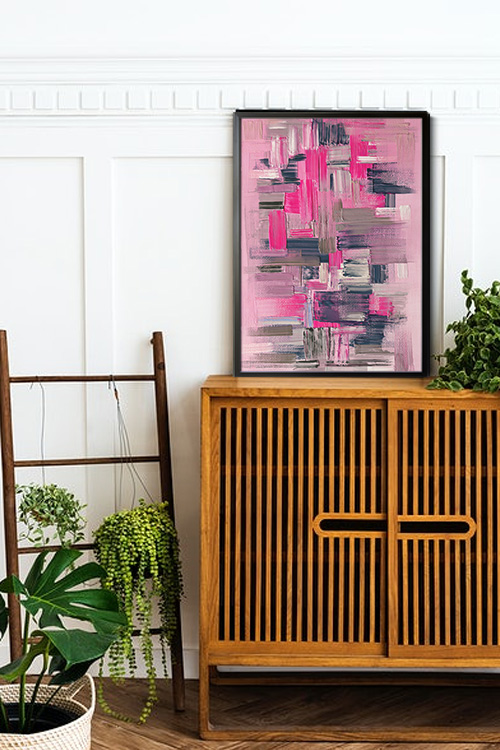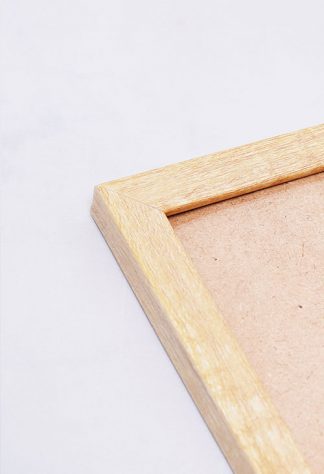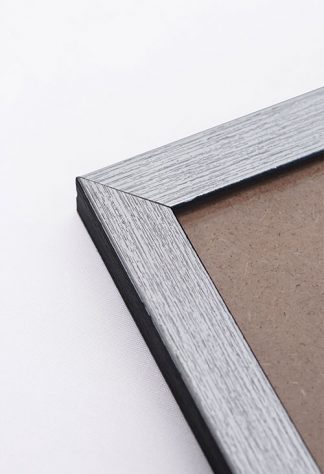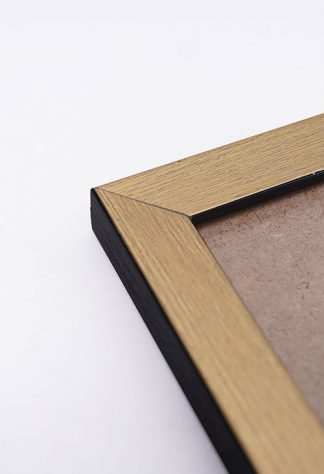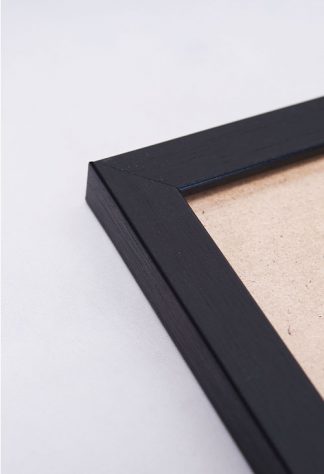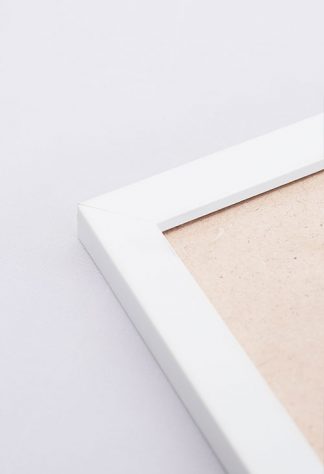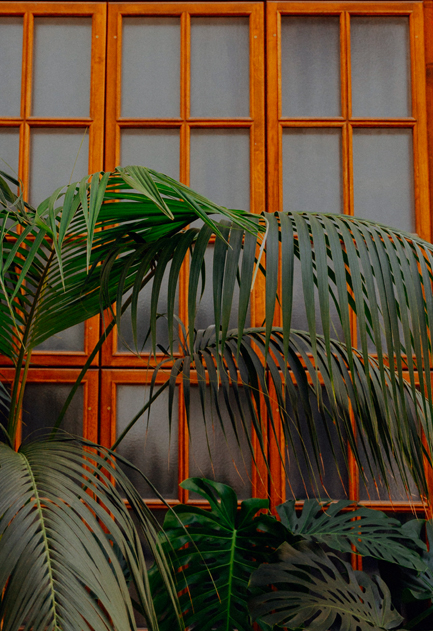
Sustainable interior design is an innovative approach that not only prioritizes environmental responsibility but also creates visually stunning spaces. These interiors promote healthier living spaces while reducing their ecological footprint, blending aesthetics with eco-friendliness. As concerns about climate change and resource depletion grow, homeowners and designers are increasingly inspired by the beauty of sustainable design to create stylish yet responsible interiors.
Key Principles of Sustainable Interior Design
Eco-Friendly Materials
Choosing sustainable materials is essential in reducing the environmental impact of interior spaces. Reclaimed wood, bamboo, cork, and recycled metal or glass offer durable and aesthetically pleasing alternatives to conventional materials. Low-VOC (volatile organic compound) paints and finishes also improve indoor air quality, reducing exposure to harmful chemicals.
Energy Efficiency
Energy consumption is a critical factor in interior design. Sustainable interiors, such as LED bulbs, incorporate energy-efficient lighting and maximize natural light through strategic window placements and reflective surfaces. Smart home technology, including automated lighting and climate control systems, not only helps reduce unnecessary energy usage but also enhances comfort, providing homeowners with a sense of ease and reassurance.
Waste Reduction and Upcycling
Repurposing and upcycling furniture and décor reduce waste and promote sustainability. Instead of discarding old furniture, refinishing, repainting, or reupholstering can give pieces a fresh, updated look. The use of thrifted and vintage furniture not only adds character to a space but also piques the interest of homeowners, preventing unnecessary production and waste.
Indoor Plants and Biophilic Design
Incorporating plants into interiors is an effective way to improve air quality while fostering a connection to nature. Biophilic design principles, which integrate natural elements such as wood, stone, and greenery, create serene, rejuvenating environments. Living walls, vertical gardens, and indoor herb gardens enhance sustainability while adding aesthetic appeal.
Sustainable Textiles and Décor
Fabrics play a significant role in sustainable interior design. Organic cotton, linen, hemp, and wool are eco-friendly alternatives to synthetic textiles, which often contain harmful chemicals and contribute to pollution. Ethically sourced rugs, curtains, and upholstery create a more sustainable and conscious home.
The Future of Sustainable Interiors
As sustainability becomes a central concern in design, innovative solutions such as modular furniture, zero-waste production, and cradle-to-cradle design principles are gaining popularity. Designers and homeowners are increasingly mindful of the long-term impact of their choices, opting for quality over quantity and embracing timeless aesthetics over short-lived trends.
In a Nutshell
By integrating sustainability into interior design, we create visually stunning spaces and contribute to a healthier planet. With mindful choices, every home can be a sanctuary that reflects personal style and environmental responsibility.
